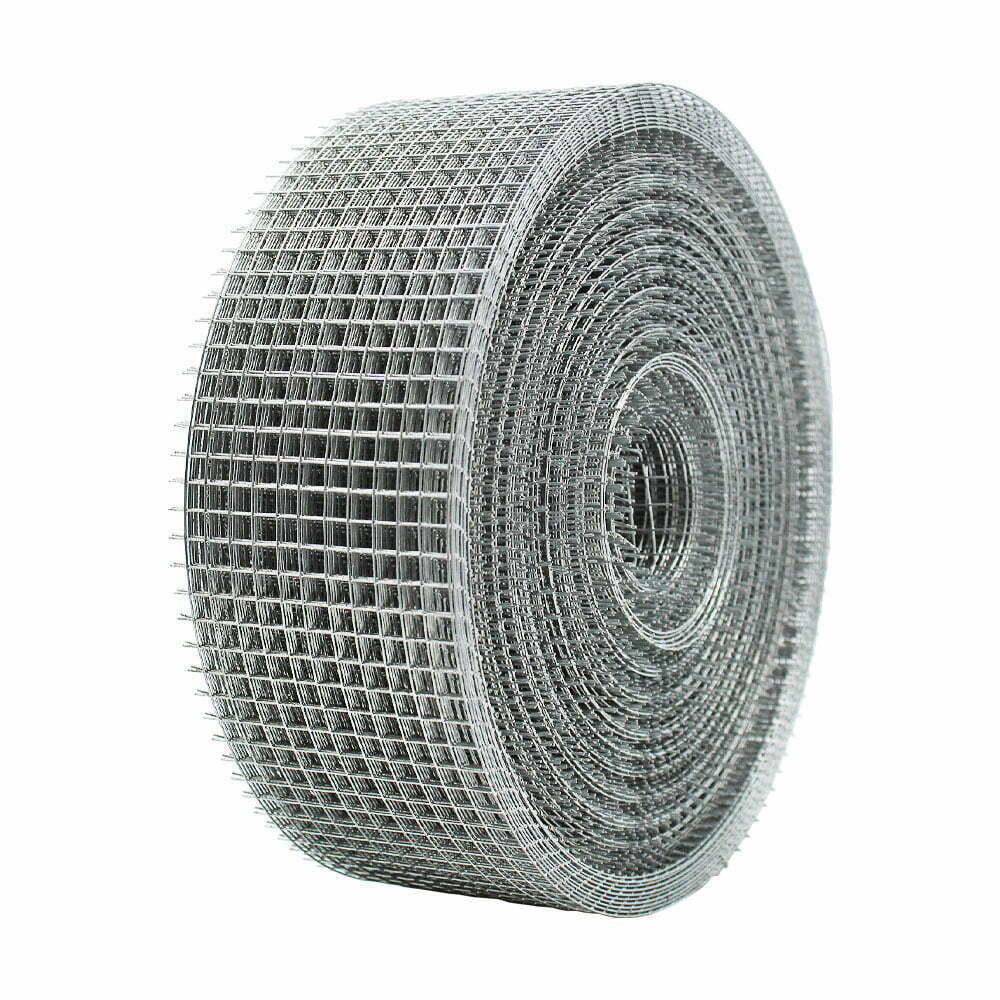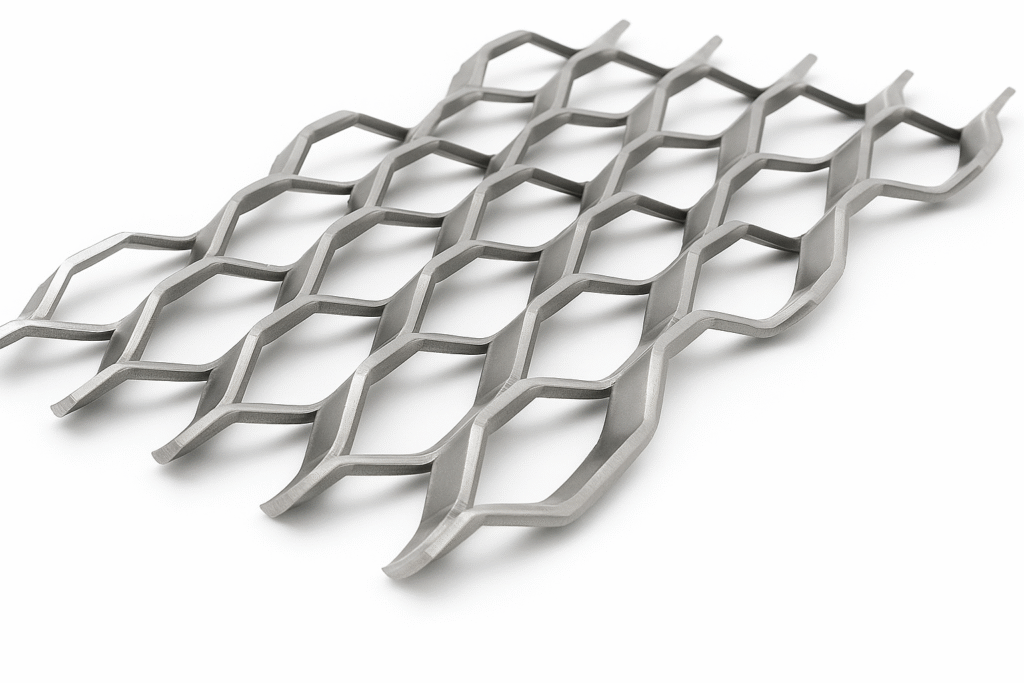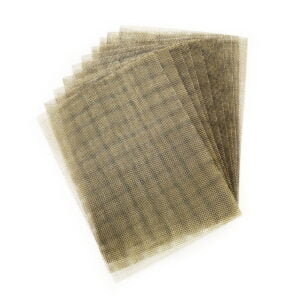









The most popular use for our materials is by far rodent control rat mesh.
This guide aims to answer many of the questions that our customers have before they select the product that best suits their individual needs.
Namely: What options do you have? Can rats chew through it? How do I install it?…
All rodent mesh products are stocked for immediate dispatch and will provide years of protection if installation is good.
Let’s get into it….

In addition to their effectiveness, stainless steel and galvanised welded wire rat mesh and woven wire mesh are non-toxic materials, which makes them a safe option for pest control. You will find that there is a product in our inventory that will work for your unique needs. No matter whether you require wire mesh to keep out rats or you wish to prevent a variety of rodents from entering.
It is possible to prevent rats and other pests from getting into spaces where they are not welcome by using the appropriate material. You can prevent these rodents from entering your home, yard, and other areas by installing rat control wire mesh. It is an easy, effective, and budget-friendly solution.
The Mesh Company offers a wide selection of wire mesh netting and barriers for rat control. In addition to stainless steel mesh, you can also obtain galvanized steel welded, as well as copper knitted. We offer a variety of diameters, opening sizes, widths, lengths and material options.
Make sure you leave no openings wider than 6mm around the sides of wire mesh or screens when installing them around your home or outdoor space. Moreover, covering floor drains may increase their likelihood of clogging, so you may wish to use a mesh with larger openings.
In addition, you should keep in mind that light-gauge mesh may not be 100% effective against more aggressive rat breeds. Our company also offers mesh that is both galvanized and welded, which is useful for excluding large rats and other intrusive animals. Using galvanized wire screens that are welded at all joints will provide the best rodent control.
Furthermore, The Mesh Company provides custom sizing, bespoke cutting, and slitting services in addition to its extensive selection of pre-cut metal screens.
To find out what type of mesh you should use in your home for pest control or to speak with an expert about other DIY home projects, please c
Make sure you leave no openings wider than 6mm around the sides of wire mesh or screens when installing them around your home or outdoor space. Moreover, covering floor drains may increase their likelihood of clogging, so you may wish to use a mesh with larger openings.
In addition, you should keep in mind that light-gauge mesh may not be 100% effective against more aggressive rat breeds. Our company also offers mesh that is both galvanized and welded, which is useful for excluding large rats and other intrusive animals. Using galvanized wire screens that are welded at all joints will provide the best rodent control.
Furthermore, The Mesh Company provides custom sizing, bespoke cutting, and slitting services in addition to its extensive selection of pre-cut metal screens.
To find out what type of mesh you should use in your home for pest control or to speak with an expert about other DIY home projects, please contact our team and we will assist you as best we can.
As a rule of thumb, rats are capable of chewing through anything that is not harder than their teeth.
After years of supplying rodent control mesh. there is no possibility of mice and rats chewing through stainless steel mesh. Stainless steel mesh with holes of 2mm or less will keep mice and rats from chewing through it. We offer 16 holes per inch x 0.4mm wire for our 1mm option, and 10 holes x 0.56mm wire for our heavier duty 2mm material.
Rats are known to be persistent and persistent chewers, and they can potentially chew through wire mesh if the mesh is not made of a durable material or if it is not installed properly. However, there are certain types of wire mesh, such as stainless steel wire mesh, that are designed to be resistant to chewing and gnawing.
When installing wire mesh to prevent rats, it is important to make sure that the mesh is securely attached to the surface and that there are no gaps or openings that would allow the rats to access the area. Additionally, the mesh should be placed on the inside of the structure, as rats are more likely to chew through mesh that is on the outside.
If you are concerned about rats chewing through your wire mesh, it is a good idea to consult with a professional for advice on the best type of mesh for your needs and for proper installation techniques.

Yes, rats can pass through air bricks. In crawl spaces, basements, and attics, air bricks provide ventilation for spaces such as crawl spaces, vent bricks, and air vents. They can, however, also serve as entry points for rodents.
As skilled climbers, rats can easily climb up walls and enter through unsecured air bricks. Additionally, they can chew through standard plastic mesh that covers air bricks, gaining access.
A sturdy, rat-proof mesh should be used to cover air bricks to prevent rats from entering. A small gauge metal mesh or a air brick vent mesh would be up to this task. To prevent rats from pulling the mesh away, screws or clips should be used to secure it to the air brick.
Rats can also enter through other openings in the walls or air bricks if there are gaps or cracks around them. To prevent infestations, it’s a good idea to regularly inspect air bricks and surrounding areas for signs of rat activity and address any issues promptly.
1mm – This hole size is the industry standard. It is ideal for smaller vents and air bricks. We specialise in slit down smaller width rolls that can go behind soffit and fascia vents. This specification is ideal to prevent mice from accessing smaller gaps.


2mm – This is the most popular woven wire mesh used by British pest control services. It has a larger hole, but also a thicker wire. It is preferable for larger openings and gaps. The material is suitable for screening foundation vents, attics, exposed pipes, floor drains, air vents, and other openings. The use of wire mesh is not limited to rat control, as it is also useful for keeping other rodents and pests at bay, including mice and squirrels
6mm – Our best selling mesh product is what we refer to as RatMesh. It is a 1/4″ hole x 0.6mm wire weld mesh that has been slit down to smaller width and cut down to make a 6m roll. We make it available in small roll widths to make it easy to use behind vents and soffits. Galvanised steel wire mesh is known for its durability, versatility, and high resistance to many different environmental and temperature conditions. Resistance welding is used to manufacture the consistent and sturdy product without the use of filler metals. Due to its resistance to rust and abrasion, this finished material is a reliable choice for the control of rats and the rodent-proofing of homes, gardens, and farming equipment.







Installing rat mesh, also known as rodent proof mesh, is a straightforward process that can be done with a few basic tools. Here is a step-by-step guide on how to install rat mesh:
Measure the area: Measure the length, width, and height of the area where you want to install the rat mesh. This will help you determine how much mesh you need to purchase.
Prepare the surface: Clean the surface thoroughly and make any necessary repairs. This will ensure that the mesh adheres properly and provides a secure barrier against rodents.
Cut the mesh: Cut the mesh to the correct size, making sure to leave enough overlap at the corners and edges to ensure a secure fit.
Attach the mesh: Use a construction adhesive or wire ties to attach the mesh to the surface. Make sure that the mesh is taut and free of any wrinkles or folds.
Seal the edges: Use silicone or another type of sealant to seal the edges of the mesh, ensuring that there are no gaps or openings for rodents to enter.
Inspect the installation: Once you have completed the installation, inspect it thoroughly to make sure that there are no gaps or openings. Repeat the process as necessary until you are satisfied with the result.
Nothing. No product can state this.
Rat mesh is a humane deterrent. It prevents rats and rodents from gaining access through vents and gaps. Mesh also lasts a long time, so once it is in place it will provide effective prevention.
As always, thank you for checking out our blog. We hope that this helps you with your project. We try to launch a couple of new guides every week. Eventually we will have covered everything there is to cover about mesh.
Our goal for our blogs and help guides is to answer as many questions as possible to help to explain the possibilities of mesh to our customers. Contact our team today if you have any questions at all. We are always really keen to help in any way that we can.













